For many years, swimming lessons have been popularized in public schools. However, in reality, most students only learn to swim on paper because their schools do not have swimming pools. This situation has lasted for many years.
Free swimming class for children by teacher Nguyen Viet Tuoc (Hai Vinh Primary and Secondary School) on an irrigation canal in Hai Hung commune, Hai Lang district, Quang Tri.
Shocked by the numbers
Although it is not yet summer, in recent weeks, a series of tragic drowning accidents have taken the lives of hundreds of children and students in many localities across the country.
In Ha Tinh, on April 5, two 5th graders drowned while swimming in a reservoir in Gia Hanh commune, Can Loc district. Previously, also in Ha Tinh, on the afternoon of March 25, a group of about 10 7th graders went swimming in Thach Hai beach (Thach Ha district). Unfortunately, three of them, all residing in Dong Mon commune, Ha Tinh city, drowned and died. On the afternoon of April 9, in Khanh Hoa, three students from a high school in Van Ninh district went swimming in the sea and unfortunately, all three drowned and died. A few days ago, a seven-year-old girl in Hai Duong was playing duck boating with her mother (in Bach Dang lake, Hai Duong city). Unfortunately, the boat capsized, causing her to drown and die. There are many heartbreaking incidents. Reviewing some recent cases shows that the situation of children dying from drowning continues to be an alarming issue.
Drowning is one of the leading causes of death for Vietnamese children aged 5-14. According to the Department of Children (Ministry of Labor, War Invalids and Social Affairs), although there is a downward trend, on average, about 2,000 Vietnamese children and students still die from drowning each year, the highest rate compared to Southeast Asia, and eight times higher than developed countries. The main reason why many children and students drown is because they are not fully equipped with knowledge and skills to recognize danger, safety skills in the water environment, and swimming skills. In particular, children in rural areas are at high risk of drowning, these are places where there are many ponds, lakes, rivers, streams, and seas, and children often go swimming without their parents' permission.
Nguyen Tien Thong, Deputy Head of the Department of Education and Training of Bu Dang District, Binh Phuoc Province, said: Currently, swimming is not a compulsory subject but only an optional subject. Schools depend on whether or not they have a swimming pool to decide whether or not to choose this subject. Among the public schools in Bu Dang District, none have a swimming pool. In addition, the district is also lacking Physical Education teachers. Some Physical Education teachers have not been trained, coached, or certified to teach swimming. To equip students with swimming skills, the Department directs schools to contact and coordinate with private swimming pool owners to organize swimming lessons for students, but for various reasons, the number of students participating is often very small.
Parents and schools need to be proactive
Not only in rural areas, but even teaching swimming to primary and secondary school students in big cities also faces many difficulties.
Ms. Pham Thi Loi, Principal of My Dinh 2 Primary School (Nam Tu Liem District, Hanoi) said: The number of public schools in the city with swimming pools can be counted on the fingers. My Dinh 2 Primary School has two Physical Education teachers, but does not have a swimming program. In order to equip students with swimming skills, the school has partnered with an outside company to bring a smart swimming pool to the school. However, the school has also temporarily suspended this activity since the Covid-19 pandemic.
Mr. Le Van Thang (Cau Giay District, Hanoi) shared: "It is not just after a few practice sessions in the water that children can swim, but it takes a whole process. Therefore, when my child first entered first grade, my family proactively registered him to study at a swimming center. The school does not have a swimming pool, so parents have to take the initiative to take care of their children." This is also shared by many other parents.
Statistics from the Ministry of Education and Training show that: Only about 0.47% of primary schools; 0.25% of secondary schools and 0.41% of high schools have swimming pools. The number of primary school students who know how to swim accounts for less than 30%. It can be said that the lack of swimming pools has greatly affected swimming teaching in schools, causing the rate of students who know how to swim to be very modest.
The policy of teaching swimming in schools and popularizing swimming for primary and secondary school students has existed for many years, but so far, very few schools have the conditions to implement it. In many places, teaching swimming to students only stops at teaching theory on paper, integrating it into the flag-raising ceremony at the beginning of the week; meanwhile, practicing and mastering skills is extremely important. Swimming is not only a sport that trains health and physical fitness but also a survival skill. However, when there is a lack of facilities, it is difficult to make swimming a compulsory subject in the official curriculum.
According to experts, overcoming these limitations cannot be done overnight. Therefore, schools and families need to further strengthen coordination to manage and supervise students during school breaks and summer vacations to ensure safety and prevent drowning; strengthen propaganda and education to raise awareness and consciousness so that children know and comply with regulations on drowning prevention, especially in places with potential drowning risks, to ensure their own safety. In particular, parents need to proactively take their children to swimming lessons and learn safety skills and self-rescue skills in case of accidents in water environments at centers. Some experts also recommend that localities should consider socialization and flexibility in mobilizing resources to speed up the process of building and maintaining swimming pools in schools.
Source link


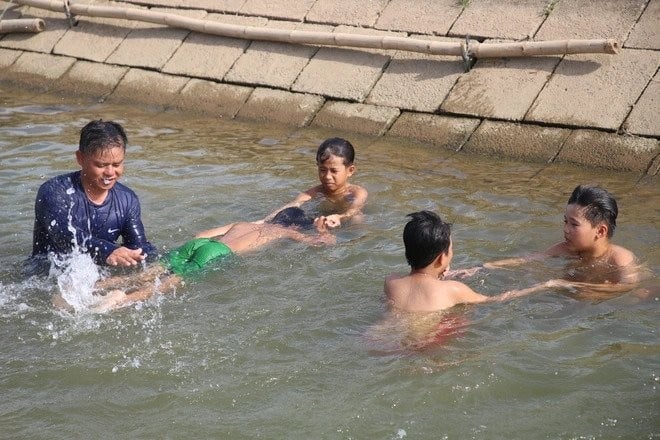






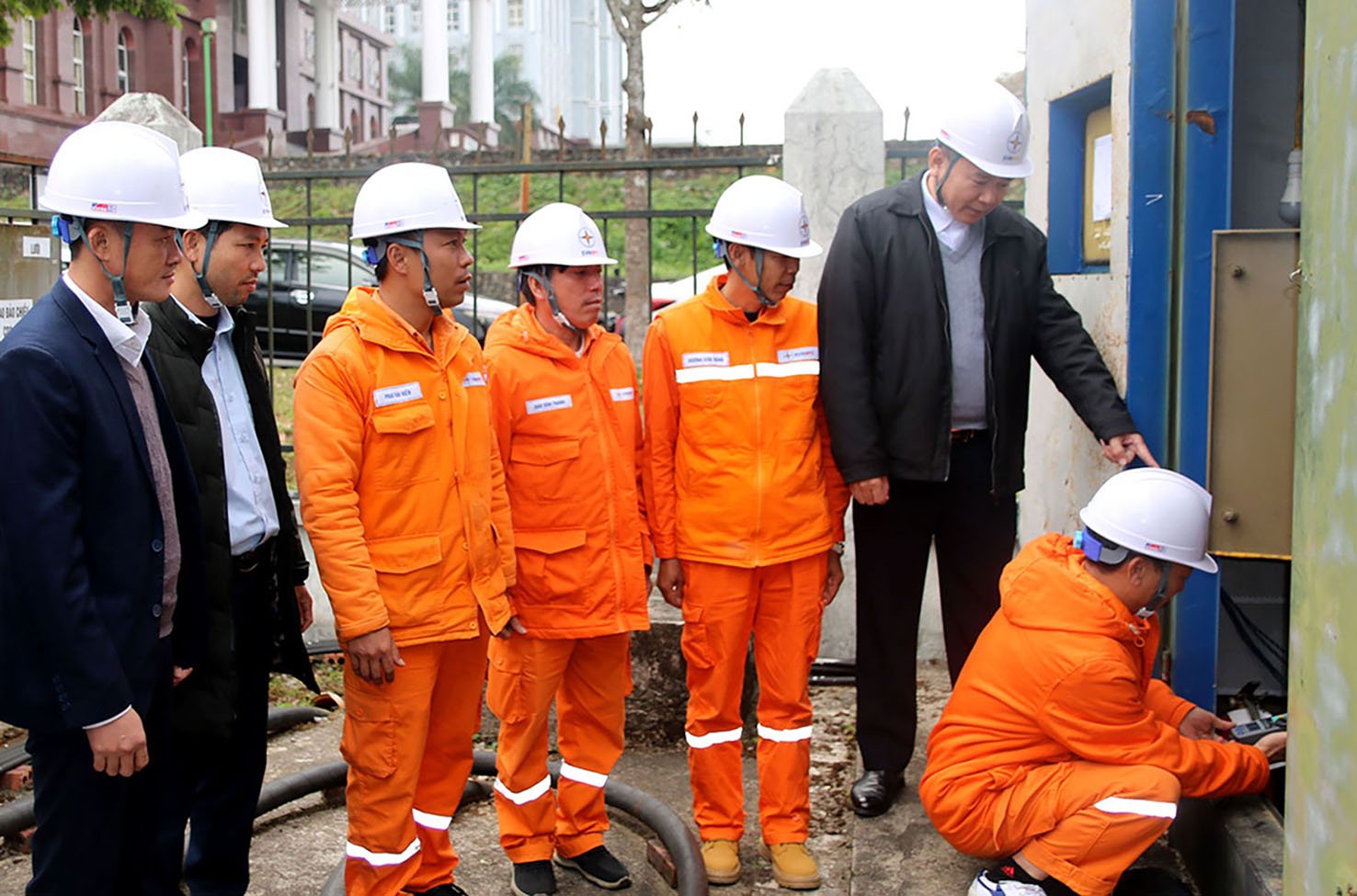


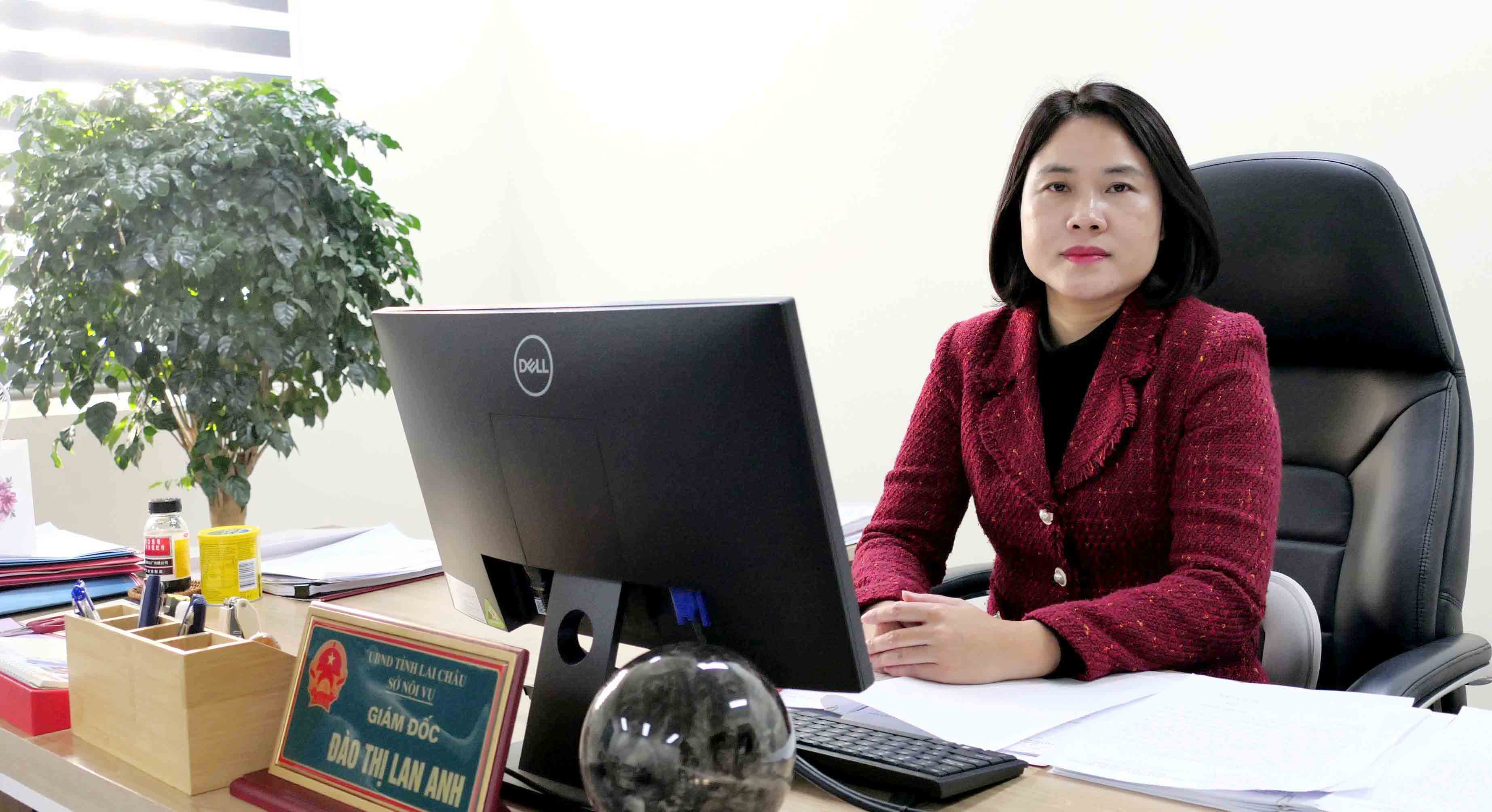






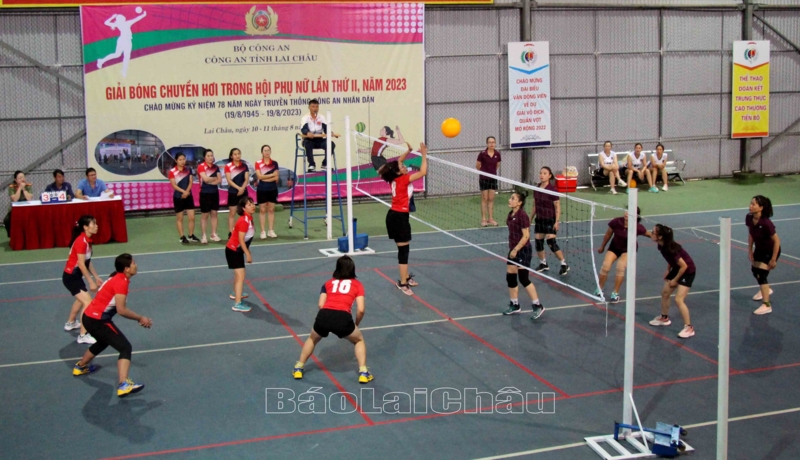
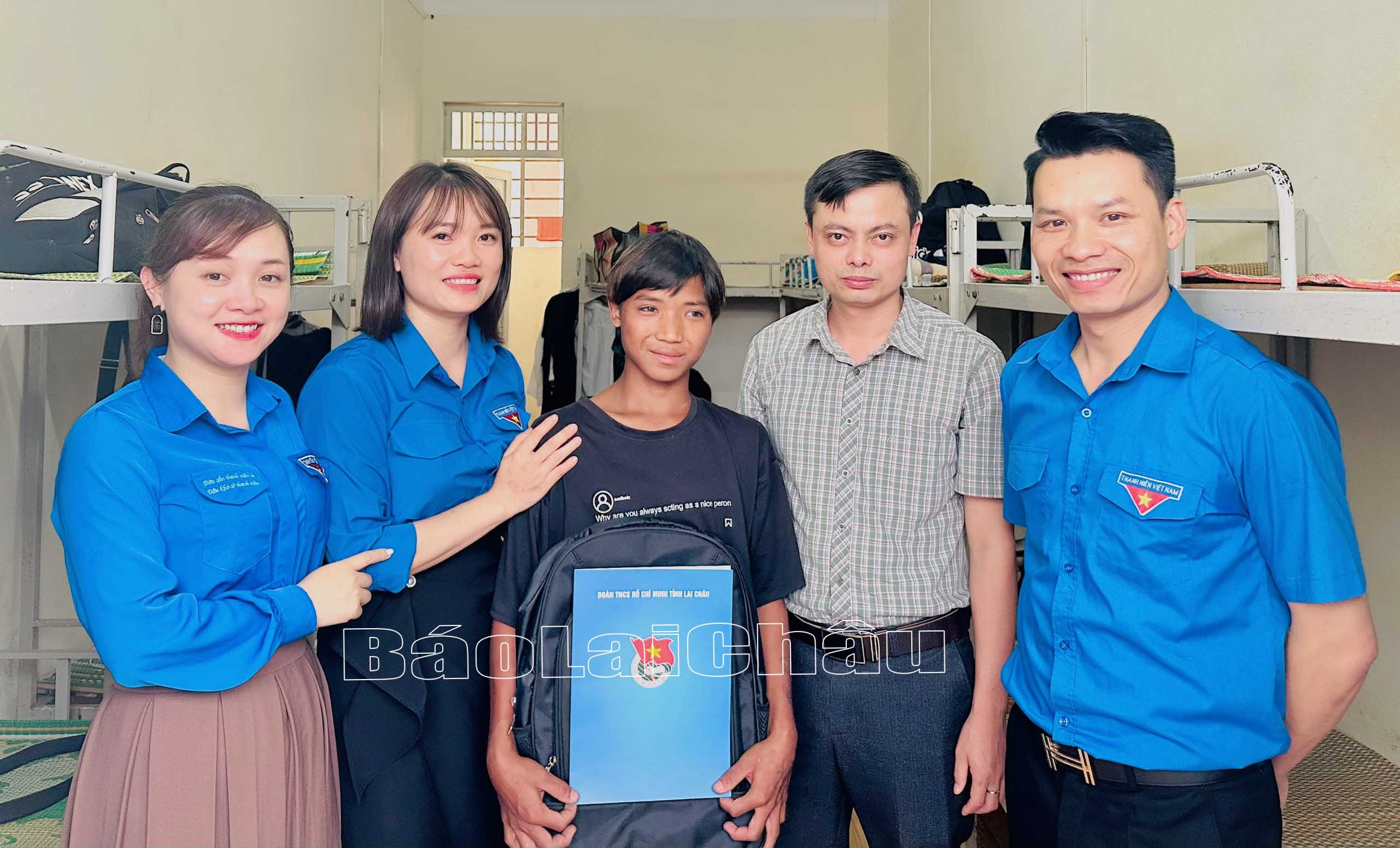














Comment (0)